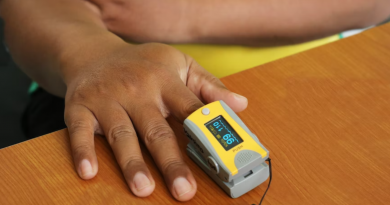The potential impact of contraceptive apps
Earlier this summer, new changes were implemented to the Title X family planning program, the federal program dedicated to providing a wide range of reproductive and family planning services for low-income women. In the wake of these changes, several stakeholders have raised concerns about the implication for contraceptive access, particularly among low-income women.
These debates have drawn attention to the long-standing public health challenge of ensuring access to contraception. In the face of this challenge, several technological solutions have been explored. One strategy, which has gained increasing attention, is online apps, described as “Uber for birth control.” In recent years, several companies have developed contraceptive apps with a range of services.
These apps have taken several different approaches. Some apps offer services for a variety of health needs, from erectile dysfunction to influenza, while others prescribe only contraception. Some require a video consultation, while others only require patients to fill out a health survey. Some deliver contraception directly to a patient’s home, and some prescribe to a pharmacy. They are each available in a varying range of states, and many restrict access for those under age 18.
While these apps have attracted attention in the popular press for making it easier to get birth control, it’s not yet clear whether these services actually increase access for populations who weren’t previously able to obtain contraception, or whether they solely increase convenience for those who can already get it.
In a recent paper, my mentors and I explore this issue, examining how contraceptive apps may impact access and other population health goals related to birth control. We considered three populations: adolescents, rural residents, and socioeconomically disadvantaged groups.
We found due to age restrictions across these services, these apps are unlikely to increase access for adolescents. But they are likely to increase access for rural populations and those of low socioeconomic status.
Increased use of these and other telemedicine services raises new questions. Could accessibility of these apps decrease health screenings for services commonly paired with clinic visits for contraception prescriptions (e.g., sexually transmitted infections, cervical cancer, and interpartner violence)?
Future research must address whether these services impact other health goals, so public health groups can promote these services or move on to other avenues of increasing access.
-By Julie Dorland, fourth-year medical student who completed the Health Policy Pathway at Baylor College of Medicine



